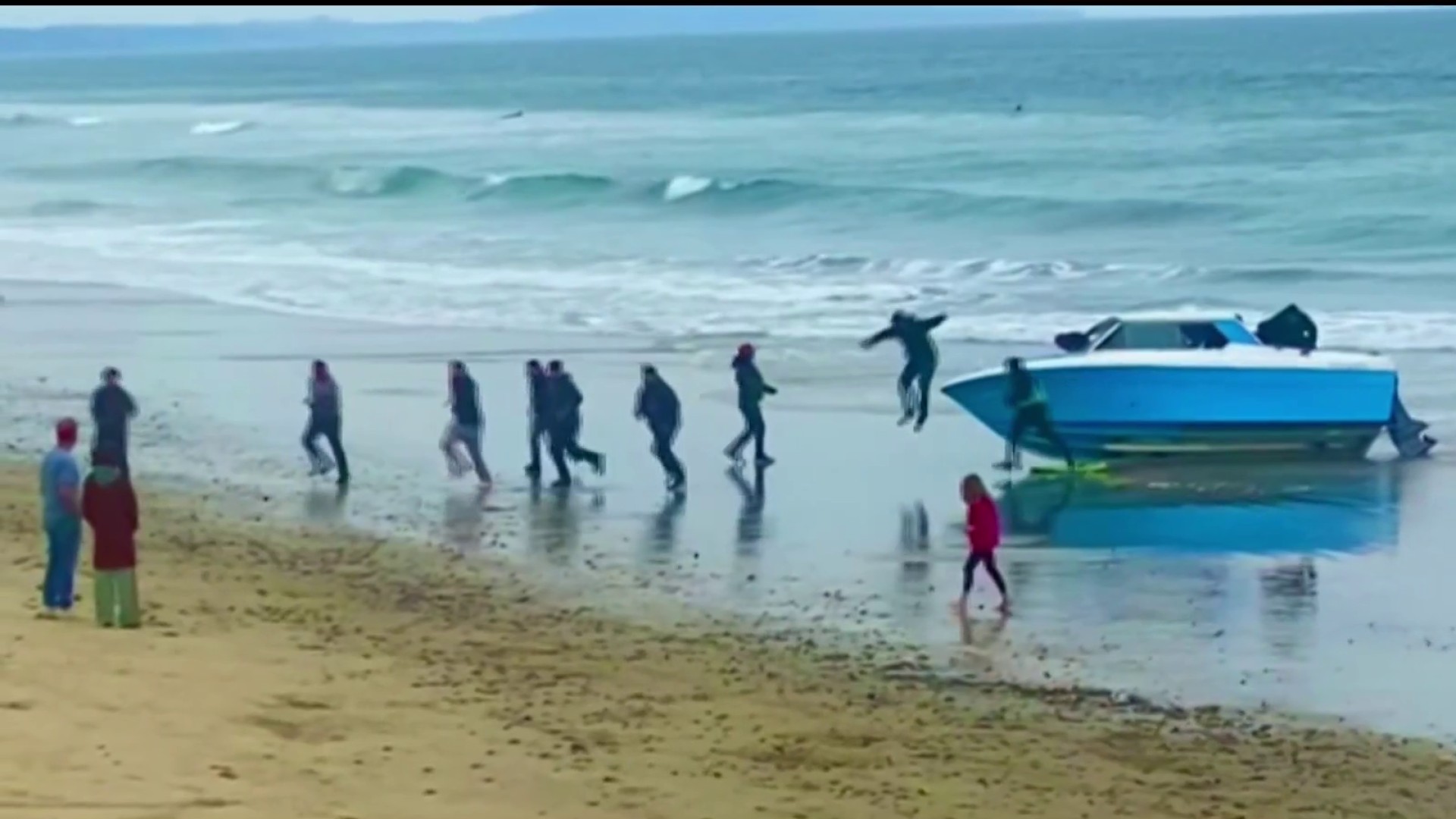Scientists are utilizing new technology that allows them to study millions of small earthquakes in hopes of being able to predict the next big one.
The study comes out of the Los Alamos National Laboratory. It shows how advancing computer technology is now able to read 10 times the number of earthquakes previously recorded, as local expert of geology, Patrick Abbott explained.
“We have known since the 1800s that earthquakes come in swarms, you get smaller ones, bigger ones, and a lot of aftershocks as well; but we have never been able to tell the difference between a foreshock and a main shock -- the big shock -- until afterwards, you look back over it,” explained Abbott.
Here’s how he explained the new study:
“You start with, here is the shaking from one earthquake, here is the shaking from another one, and try to sort them all out and it turns out there is almost exactly ten times as many earthquakes as we had thought... We were recording about 180,000 and found out there were actually to 2 million.”
The study found 1.8 million earthquakes between 2008-2017. It targeted the ones that had a magnitude of a 4.0 and found 46 of those.
Of that bunch, 33 were prefaced by a series of smaller shakes. The new technology showed some magnitudes that had never been picked up before; like a magnitude of negative 2.0. The study said normally, those tremors are considered invisible but by seeing them collectively now, researchers can see where those came before a 4.0 magnitude quake.
Local
In some ways, Abbott said you can think of how seismologists want to forecast earthquakes like meteorologists forecast the weather, but not quite.
“We geologists and seismologists are jealous of the meteorologists,” said Abbott. “They get to see weather patterns; they get to see a big tropical cycle form. Just take the earthquakes last month, those occurred five to six miles below the surface. We can’t see down there, so we have to try to use indirect methods to figure these things out.”
He said the study does not solve the problem of predicting earthquakes, but seeing and knowing when smaller ones are shaking may give scientists a better shot at predicting a bigger one.



